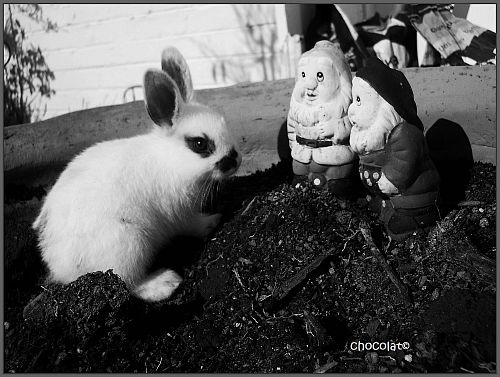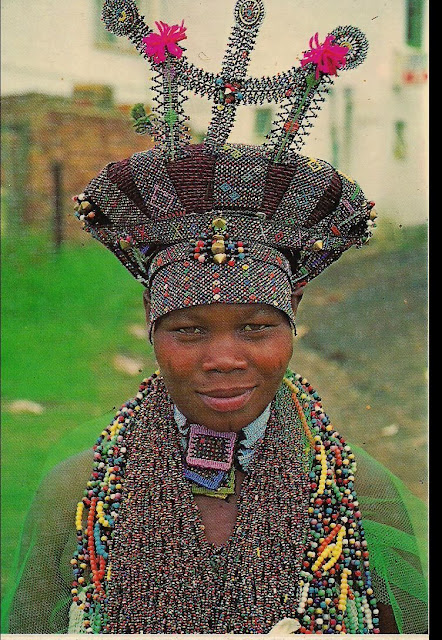Outspan
Outspan is a word used in South African language and it is a partial translation from the Afrikaans " uitspan" which has been formed from the words uit (out) and spannen ( to stretch). According to the dictionary it means:
1. an area on a farm kept available for travelers to rest and refresh animals
2. the act of unharnessing or unyoking
3.to unharness or unyoke (animals)
I have found these old photographs a while ago and they date back to the late 1800's and the beginning of the early 1900's and were taken in East London. They show not the actual OUTSPAN but a place where the ox-wagons that came to town, came to a halt, and were a market was.
Some of these ox-wagons had 12 oxen spanned in. Remember this was a time in Africa when automobiles had only appeared in very scarce numbers on the continent. Fresh vegetables grown on the farms and other products were sold in town.
Although not of the best quality I find these pictures amazing.They show us a vague glimpse of a time when the first settlers had come to the Eastern Cape, when life was equal to hardship, and when cars and Landrovers did not exist to ease.
They show the lives of the ones who had left their continents in search of whatever it was to come and live somewhere else.
Although not of the best quality I find these pictures amazing.They show us a vague glimpse of a time when the first settlers had come to the Eastern Cape, when life was equal to hardship, and when cars and Landrovers did not exist to ease.
They show the lives of the ones who had left their continents in search of whatever it was to come and live somewhere else.






















































